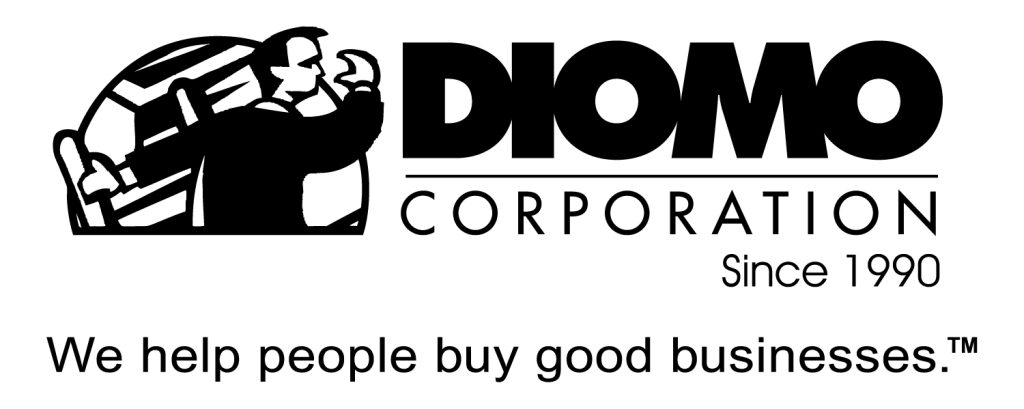Question:
When reviewing a company’s recast statement, what addbacks are considered legitimate when a buyer is evaluating the cash flow of a business? My understanding of this evaluation process is that Depreciation, Interest, Amortization, and Owner’s Salary are the only items that are truly considered addbacks. Yet when I review a business for sale, addbacks such as travel, auto, health insurance, etc., typically show up. Are those items legitimate addbacks and, if so, to what extent? Please give an overview of the correct way to evaluate the Seller?s Discretionary Cash Flow. Thanks.
Answer:
You raise an excellent point and this is clearly something that comes up with many buyers. Let me first discuss the guiding rule for add backs and then touch upon the correct way (formula) to evaluate the Seller?s Discretionary Cash Flow. In addition to Interest, Depreciation, Amortization, and Owner?s Salary, any personal perks that are not regular or essential business expenses, or ones that you as the new owner must incur, can be added back, as long as they are provable. This can include non-business-related travel, auto, health insurance, and other expenses. However, if you as the new owner will require a vehicle to operate the business, then certainly it is not an add back. Insofar as health insurance, the choice will be up to you but it is not imperative that the business covers this expense and it is not an essential operating expense and so the add back is legitimate. With regards to travel, if it is for personal trips, then again, the add back is legitimate.
Unfortunately, there is a wide interpretation of these add backs which at times can make for an interesting debate. Again, the golden rule is that if the add backs are for legitimate personal expenses not required to operate the business, they can stand; all others are disqualified.
The theory behind the Seller?s Discretionary Cash Flow or Owner Benefit number is to take the business?s profits plus the owner?s salary and benefits and then to add back the non-cash expenses. Then, a multiple, based upon a variety of factors, is applied to this number and a valuation is established. For the sake of all our readers, I will also outline below the rational behind adding back Depreciation and Interest.
The Owner Benefit formula to use is:
Pre-Tax Profit + Owner?s Salary + Additional Owner Perks + Interest + Depreciation LESS Allowance for Capital Expenditures
Why Add Back Depreciation?
Depreciation is an expense that allows a business to deduct a certain amount of money each year from an asset so that its purchase value is reduced by its overall useful life. As an example: if the business buys a $25,000 truck and its useful life is estimated at 5 years, then each year the company can deduct $5,000 off its income to lessen its tax burden. However, as you can see, it is not an actual cash transaction. No money is physically leaving the business or changing hands. As well, when you purchase a business, it will likely be an asset sale whereby the assets come to you free and clear. You may be able to ?step up? the assets? value and depreciate them again for tax purposes. Therefore, this amount is added back.
Why Add Back Interest?
Each business owner will have separate philosophies for borrowing for the business and how to best use borrowed funds, if necessary at all. Furthermore, in nearly all cases, the seller will pay off the business?s loans from their proceeds at selling; therefore, you will have use of these additional funds.
A Note About Add-Backs and Capital Expenditure Allowance
After completing any add backs, it is critical that you take into consideration the future capital requirements of the business as well as debt-service expenses. As such, in capital intensive businesses where equipment needs replacing on a regular basis, you must deduct appropriate amounts from the Owner Benefit number in order to determine both the true value of the business as well as its ability fund future expenditures. Under this formula, you will arrive at a “net” Owner Benefit number.

